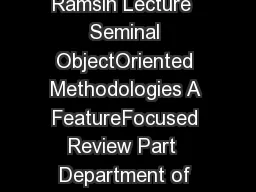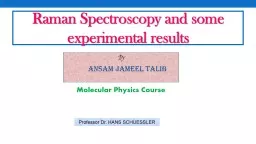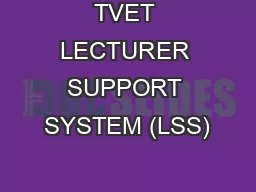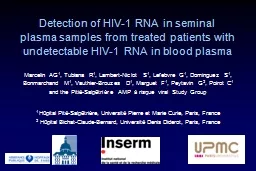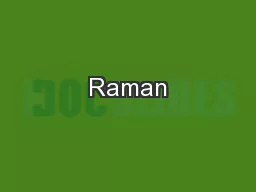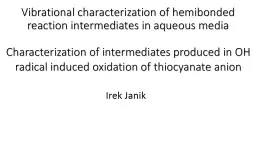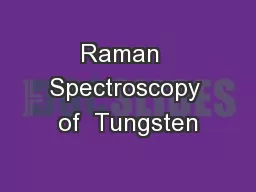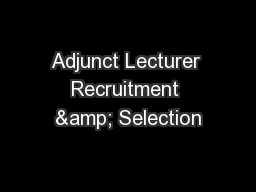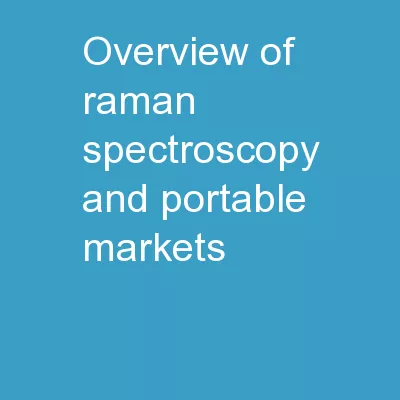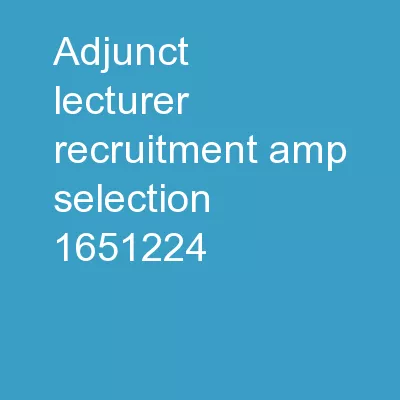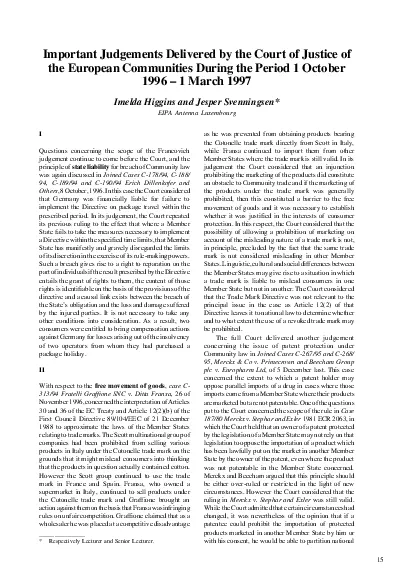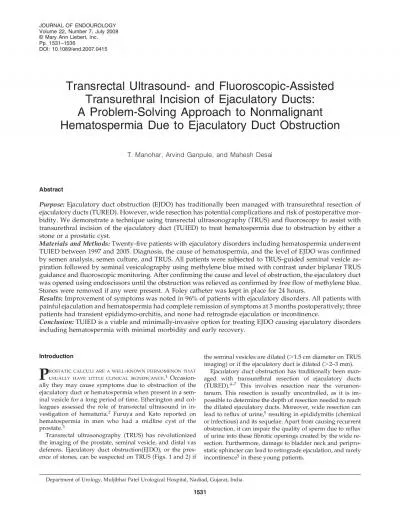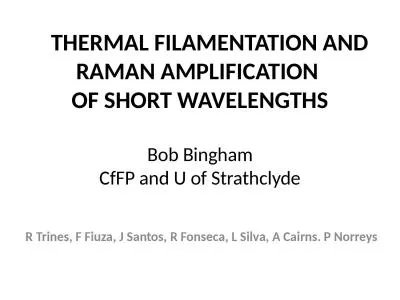PDF-Software Development Methodologies Lecturer Raman Ramsin Lecture Seminal ObjectOriented
Author : myesha-ticknor | Published Date : 2014-12-22
Service layer showing the operations of the classes and the potential messagepassing between the objects Department of Computer Engineering brPage 5br Software Development
Presentation Embed Code
Download Presentation
Download Presentation The PPT/PDF document "Software Development Methodologies Lectu..." is the property of its rightful owner. Permission is granted to download and print the materials on this website for personal, non-commercial use only, and to display it on your personal computer provided you do not modify the materials and that you retain all copyright notices contained in the materials. By downloading content from our website, you accept the terms of this agreement.
Software Development Methodologies Lecturer Raman Ramsin Lecture Seminal ObjectOriented: Transcript
Download Rules Of Document
"Software Development Methodologies Lecturer Raman Ramsin Lecture Seminal ObjectOriented"The content belongs to its owner. You may download and print it for personal use, without modification, and keep all copyright notices. By downloading, you agree to these terms.
Related Documents

